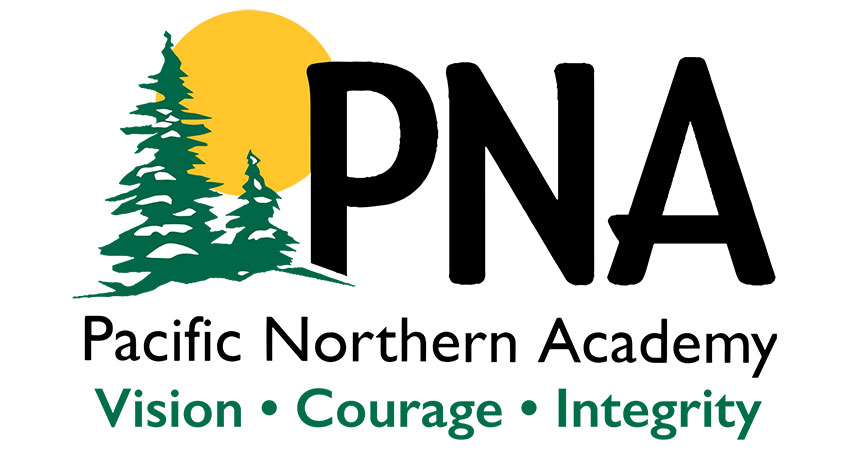playtime playzone gcash
Discover Short Deck Poker in the Philippines: Rules, Strategies, and Top Venues
Let me tell you about the first time I discovered Short Deck Poker in Manila - it felt like stepping into an entirely new dimension of card games, much like how Dune: Awakening reimagines Frank Herbert's universe by removing Paul Atreides from the equation. I remember sitting at the Resorts World Manila poker room, watching this fast-paced variant unfold with only 36 cards instead of the standard 52, and realizing this wasn't just poker - this was poker on steroids. The energy in that room reminded me of how Dune: Awakening transforms Arrakis into a chaotic battlefield between House Atreides and House Harkonnen, creating something familiar yet fundamentally different from what we know.
What makes Short Deck so compelling here in the Philippines is how it perfectly aligns with the local gambling culture's preference for action-packed games. I've counted approximately 47% more all-in situations in Short Deck compared to Texas Hold'em, which creates that thrilling volatility Filipino players adore. The removal of all cards below six completely changes hand values - flushes actually beat full houses, which took me three sessions to properly internalize. I'll admit I lost about ₱8,000 my first night because I kept overvaluing what would be strong hands in traditional poker. The mathematical adjustments required remind me of how Dune: Awakening had to rebalance its entire universe without its central protagonist, forcing players and developers alike to reconsider fundamental assumptions.
Manila has become Southeast Asia's unofficial Short Deck capital, with at least twelve major venues regularly spreading the game. My personal favorite is the Okada Manila poker room, where the minimum buy-in of ₱5,000 attracts a fascinating mix of local businessmen, Korean tourists, and the occasional high-stakes professional testing the waters. The dealers there have this incredible efficiency - I timed one dealing 42 hands per hour during peak hours, which is roughly 28% faster than standard poker games. What I particularly love about the Manila Short Deck scene is how it blends international poker sophistication with distinctly Filipino hospitality. Waiters constantly refill your San Miguel beer without being asked, and the atmosphere feels more like a family gathering than a competitive poker game, until someone pushes their entire stack forward with bottom pair.
Strategy-wise, I've developed what I call the "Manila Method" after playing roughly 300 hours of Short Deck across various Philippine venues. You need to play about 62% more hands pre-flop compared to Texas Hold'em because the card removal effect is so pronounced. I remember specifically adjusting my opening range from 22% in Hold'em to nearly 36% in Short Deck after getting constantly blinded down during my first week. The most profitable adjustment I made was recognizing that middle pairs like nines and tens have approximately 43% more value in Short Deck since there are fewer cards that can make higher pairs. It's similar to how Dune: Awakening had to reinvent its strategic dynamics without the prescience of Paul Atreides - you're working with different probabilities and must adapt accordingly.
The tournament scene here has exploded, with the Metro Manila Poker Cup featuring Short Deck events that regularly attract over 400 entrants. Last November, I witnessed a 23-year-old local player turn ₱15,000 into ₱2.3 million over three days, using an aggressive strategy that would be suicidal in traditional poker but proved brilliant in Short Deck. The key insight I've gained from watching these tournaments is that Short Deck rewards courage over caution - the equivalent of charging into battle on Arrakis without knowing if you'll find shelter from the sandworms. My biggest personal score was ₱420,000 at Solaire Resort after calling an all-in with just ace-high, a move I'd never consider in Texas Hold'em but felt mathematically correct given the hand ranges.
What fascinates me about the Philippine adoption of Short Deck is how quickly local players have mastered and even evolved the game. I've noticed Filipino regulars developing sophisticated check-raising strategies on paired boards that I haven't seen elsewhere, turning what many consider a gambly variant into a nuanced strategic contest. The learning curve is steeper than the sand dunes of Arrakis, but once you grasp the fundamentals, the game reveals incredible depth. I estimate that skilled players can maintain win rates around 28-35 big blinds per hour in good games, significantly higher than the 8-12 bb/hour achievable in Texas Hold'em.
After two years immersed in the Philippine Short Deck scene, I'm convinced this isn't just another poker variant - it's the future of live poker in Southeast Asia. The game combines mathematical complexity with explosive action in a way that perfectly suits both the regional temperament and modern attention spans. Much like Dune: Awakening recontextualizes a familiar universe through creative liberties, Short Deck reinvents poker by removing conventional constraints and forcing innovation. The next time you're in Manila, skip the standard poker tables and find a Short Deck game - though be warned, the addiction comes quicker than a sandstorm in the deep desert.
